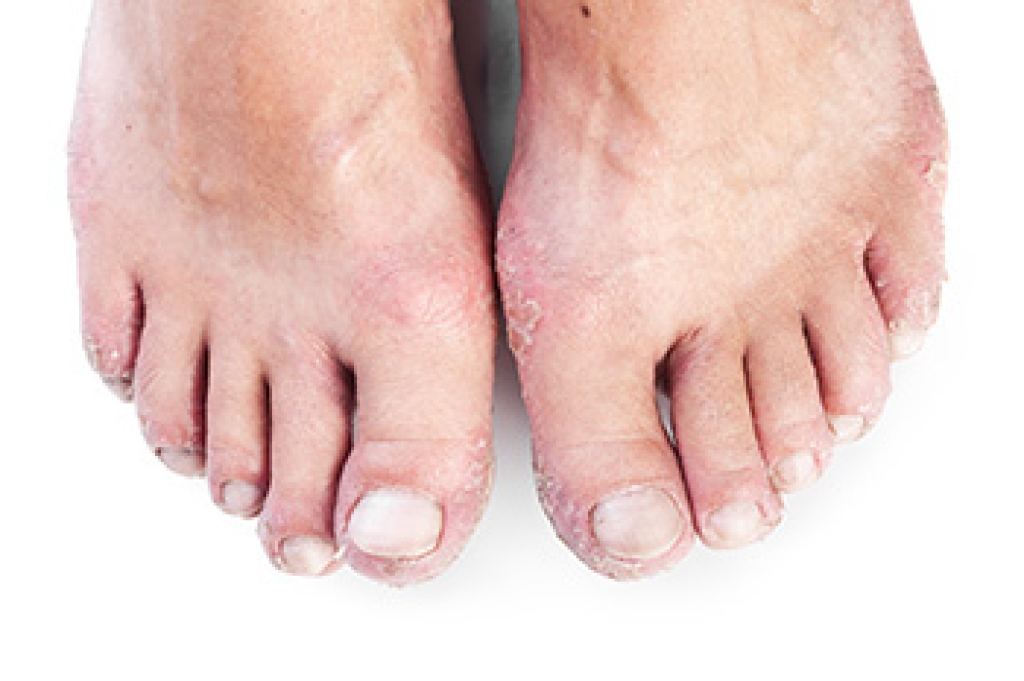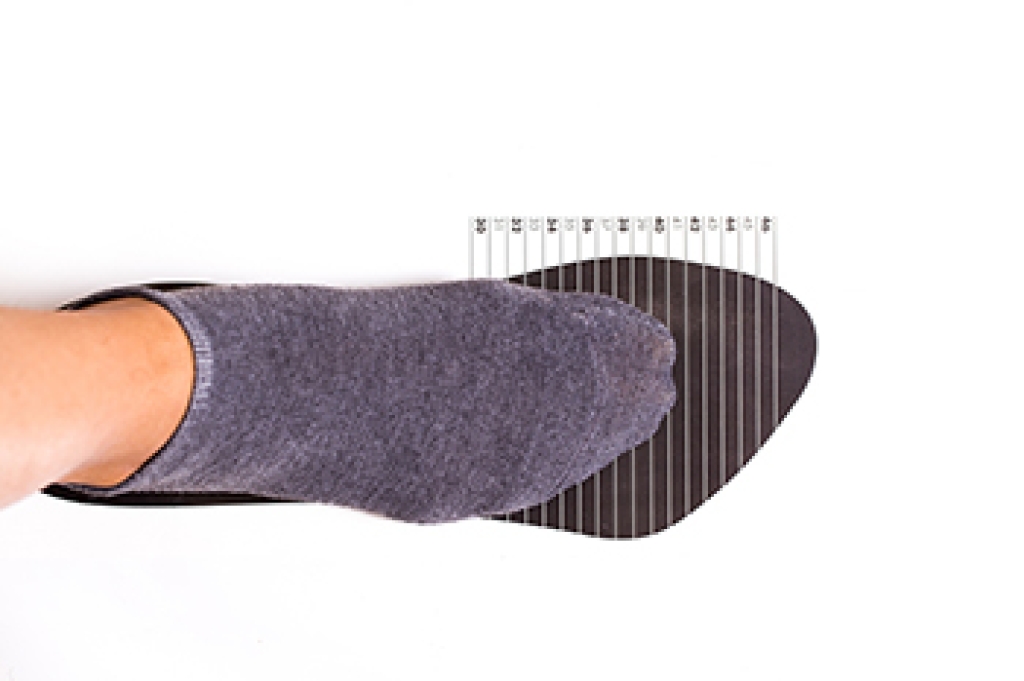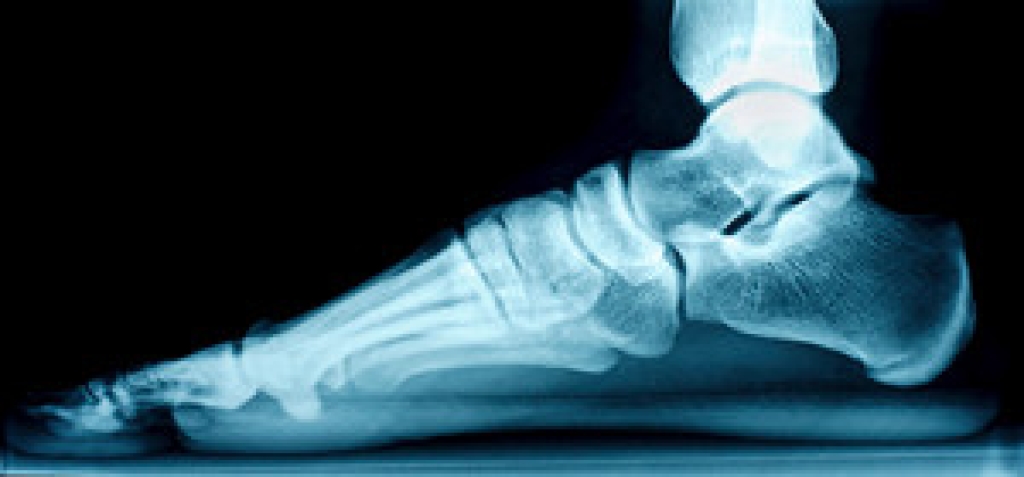
Ankle injuries while playing tennis are more than just a minor setback, they can significantly impact a player's performance and overall well-being. Understanding some essential facts about these injuries can help players better prevent and manage them. Firstly, ankle sprains are the most common type of injury in tennis, often occurring due to sudden shifts in direction or awkward landings. These sprains can range from mild to severe, affecting ligaments and stability. Moreover, tennis players are particularly prone to lateral ankle sprains, where the foot rolls inward, stressing the outer ligaments. Additionally, repetitive stress on the ankle joint from the quick, lateral movements required in tennis can lead to overuse injuries like tendonitis. Proper warm-up routines, adequate footwear, and strengthening exercises targeting ankle stability can all play pivotal roles in reducing the risk of ankle injuries and ensuring a more enjoyable and injury-free tennis experience. If you have endured an ankle injury while playing tennis, it is suggested that you visit a podiatrist who can effectively treat this condition, and offer you prevention strategies.
Ankle and foot injuries are common among athletes and in many sports. They can be caused by several problems and may be potentially serious. If you are feeling pain or think you were injured in a sporting event or when exercising, consult with Dr. Castillo from Bronx Foot Care. Our doctor will assess your condition and provide you with quality foot and ankle treatment.
Common Injuries
The most common injuries that occur in sporting activities include:
- Achilles Tendonitis
- Achilles Tendon Rupture
- Ankle Sprains
- Broken Foot
- Plantar Fasciitis
- Stress Fractures
- Turf Toe
Symptoms
Symptoms vary depending upon the injury and in some cases, there may be no symptoms at all. However, in most cases, some form of symptom is experienced. Pain, aching, burning, bruising, tenderness, tightness or stiffness, sensation loss, difficulty moving, and swelling are the most common symptoms.
Treatment
Just as symptoms vary depending upon the injury, so do treatment options. A common treatment method is known as the RICE method. This method involves rest, applying ice, compression and elevating the afflicted foot or ankle. If the injury appears to be more serious, surgery might be required, such as arthroscopic or reconstructive surgery. Lastly, rehabilitation or therapy might be needed to gain full functionality in the afflicted area. Any discomfort experienced by an athlete must be evaluated by a licensed, reputable medical professional.
If you have any questions please contact our offices located in Bronx, NY Yonkers, NY . We offer the newest diagnostic and treatment technologies for all your foot and ankle needs.




